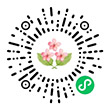Mountain Hibiscus|Introduction
|Name|
Scientific name: Hibiscus taiwanensis SY Hu
Chinese: mountain hibiscus, Taiwan mountain hibiscus, dog head hibiscus,
A thousand-faced beauty, anti-cream and other aliases.
Hakka language: Sán pu rung.
English: Mountain Rose-mallow. Taiwan cotton-rose. Taiwan hibiscus.
Japanese: たいわんふよう.
Tsou language: FUKUO
Paiwan tribe: viljuaq
|Scientific classification|
Kingdom: Plantae
Door: Magnoliophyta Magnolia
Class: Magnoliopsida Magnolia
Order: Malvales
Family: Malvaceae
Genus: Hibiscus Hibiscus
Species: Hibiscus taiwanensis Hu,
|Classification of Taiwan Hibiscus|
Taiwan Mountain Hibiscus (Hibiscus. taiwanensis SY Hu)
Cannabis hibiscus (Hibiscus. cannabinus L.)
Indian Mountain Hibiscus (Hibiscus. indicus (Burm. f.) Hochr.)
Hibiscus. liui CH Ou, YH Tseng & HY Liu
Makino's Mountain Hibiscus (Hibiscus. makinoi Y. Jotani & H. Ohba)
Hibiscus (Hibiscus. surattensis L.)
Hibiscus (Hibiscus. syriacus L.)
Yellow Hibiscus (Hibiscus. tiliaceus L.)
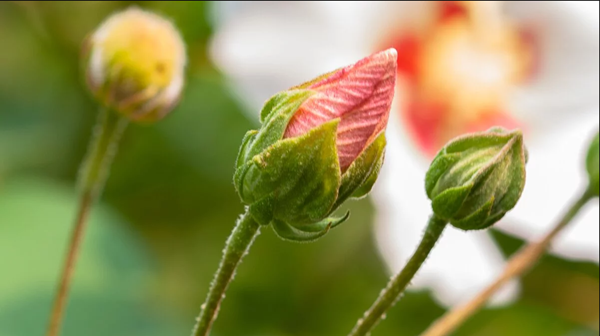
| The color of mountain hibiscus changes three times a day|
The petals are single. If you see that the whole plant is like a mountain hibiscus, but you are confused by the petals, it is very likely to be a double-petaled variety of wood hibiscus. Distributed in the plains of Taiwan and Lanyu Island to the mountainous area below 1100 meters above sea level. The plant height is about 2 to 6 meters, with ornamental and medicinal value. It is versatile and has the potential to develop into a garden ornamental tree; the flowers are edible, whether it is used for salad, stir-fry or fried; the wood color is light and white, and the trunk is thick and can be used to make clogs, and its bark contains fibers. Use its bark to weave various household utensils, such as baskets or scabbards and ropes for knives.
|Resume|
Mountain Hibiscus is known from the middle taiwanensis of its scientific name in English . This is a plant endemic to Taiwan, Malvaceae and Hibiscus; they are distant relatives of cotton, and their English name is Taiwan cotton . It is a tall shrub with dense and hairy leaves and calyx, palmately lobed leaves, solitary flowers, five petals; many stamens, which are "single stamens", "single stamens" are Malvaceae plants peculiar characteristics.
The leaf shape is a wide triangle heart shape. In terms of flower color, the flowers are white or pink when they bloom in the morning, and turn to purple or pink in the afternoon to the evening before they fall, and the flower color changes three times a day. If you see that the flowers are pink in the morning, it is possible that the brother of Shan Hibiscus is called Mu Hibiscus.

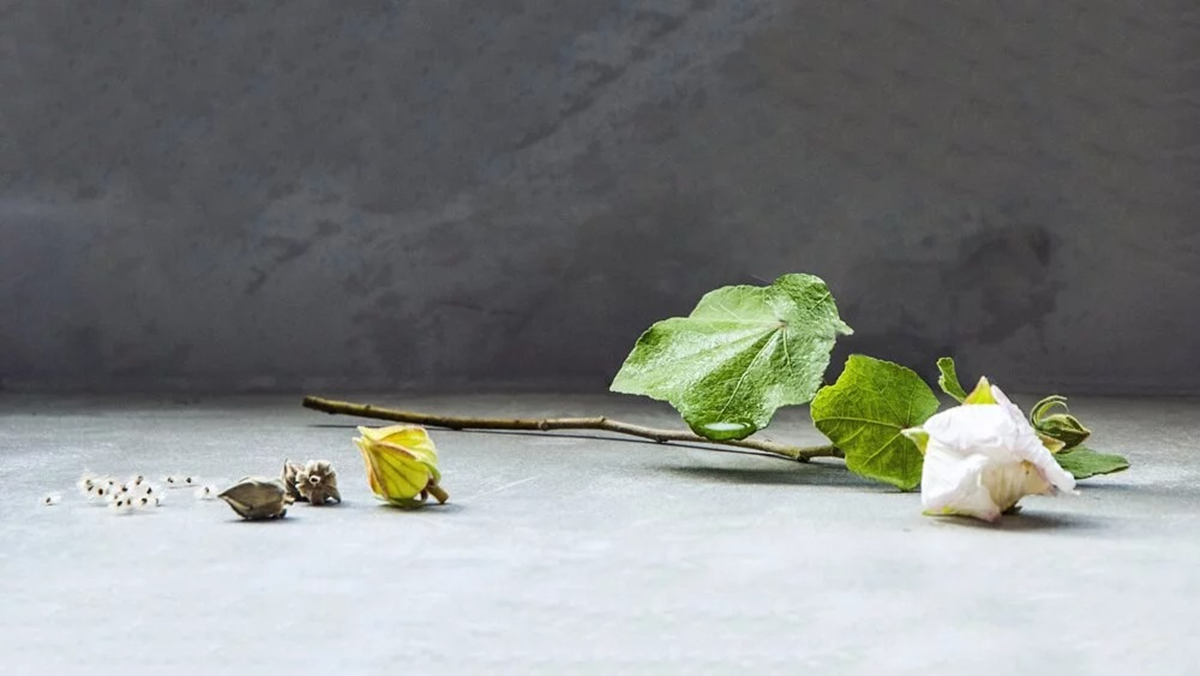
|Introduction to parts of hibiscus|

stem
The plant height is about 2-6 meters. After the old dry bark is thrown away, the green bark can be seen, with many branches; the twigs are erect or obliquely ascending, smooth and gray.
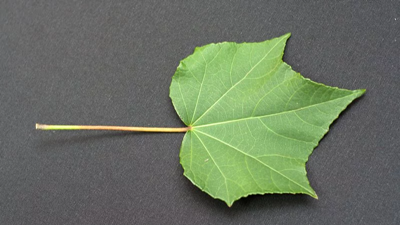
leaf
The leaves are long-stalked and simple, almost leathery and hairy, with sharp serrated ends, the base is rounded and heart-shaped, and the difference is the most from Hibiscus hibiscus, 3~5 triangular lobes, acute palmate veins, 5~9 veins, concave surface Dorsal convex, green on the surface, pale green on the back; petiole 12-16 cm long.
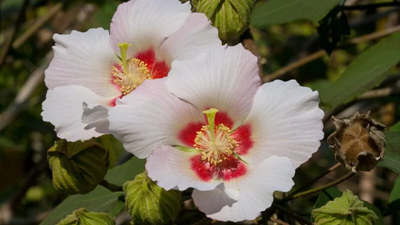
flower (open)
The flowers are large solitary with long stalks, and the corolla is shallow bell-shaped. The diameter of the flowers is about 9-15 cm. The flowers are white at the beginning of the morning, slightly pink in the afternoon, and pink in the afternoon. The flower color changes three times a day.
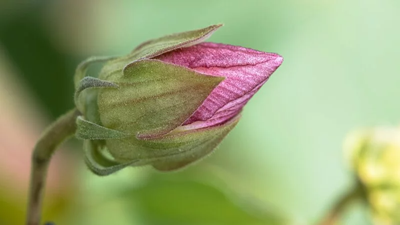
bud
It takes about 1 week from the bud shape to flowering, and the flower bud looks like a meteor hammer.

Flowers and Fruits
It takes about 1 week from the shape of the bud to flowering. The bud is like a meteor hammer, with 8 epicalyxes and a blunt linear apex.
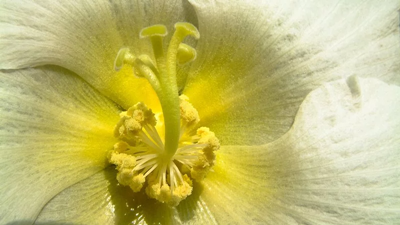
stamens
Stamen: many stamens, single stamen; stamen column cylindrical, 3.5~5.8 cm long
Filaments linear, 1-2.5 cm long, anther kidney-shaped, 5 styles connected at the base
Stigma capitate, 3 embryos
Mountain hibiscus is divided into two types: single-petal and multi-petal (rare), and the flowering period is from September to January of the following year.
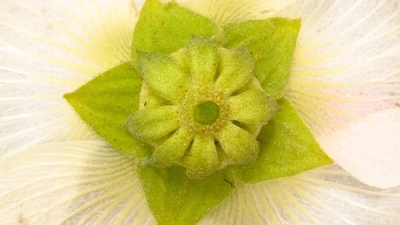
Bell-shaped calyx
5 triangular lobes, with acute stellate hairs at the end; 5 petals, ovate to ovate-elliptic, blunt at the tip, and wedge-shaped short claw at the base.
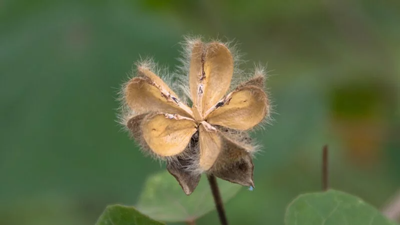
husk
Capsule spherical, about 2-3.5 cm in diameter, five-valved, covered with hairs, light brown, smooth on the front, with a black bud point on the back, densely covered with light brown hairs about 0.2 cm long on the back.

son
About 1-1.5MM in diameter, rich in fluff.









